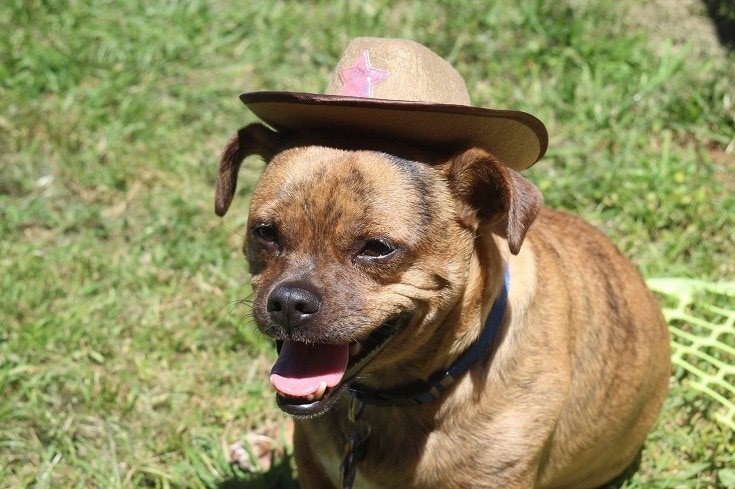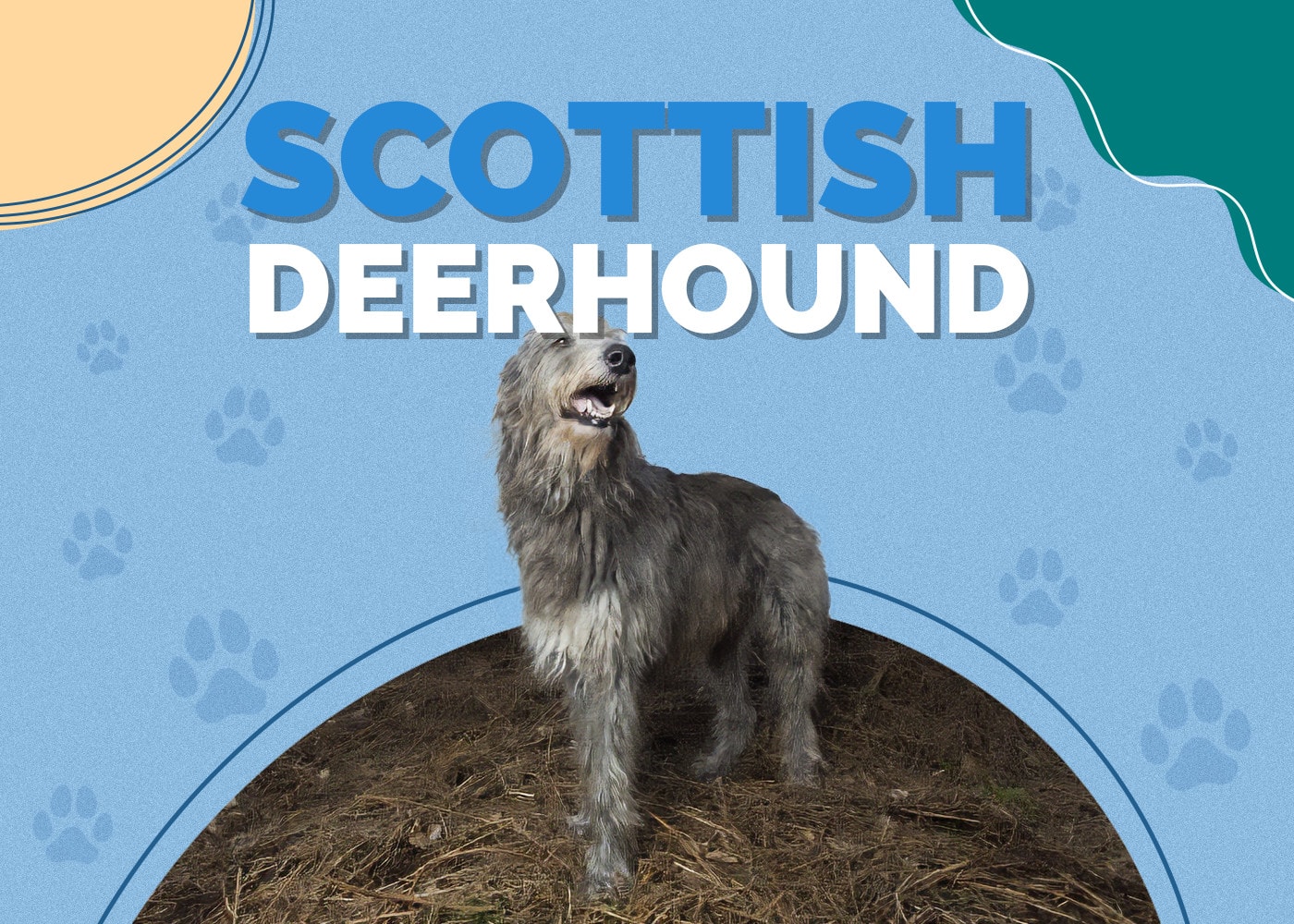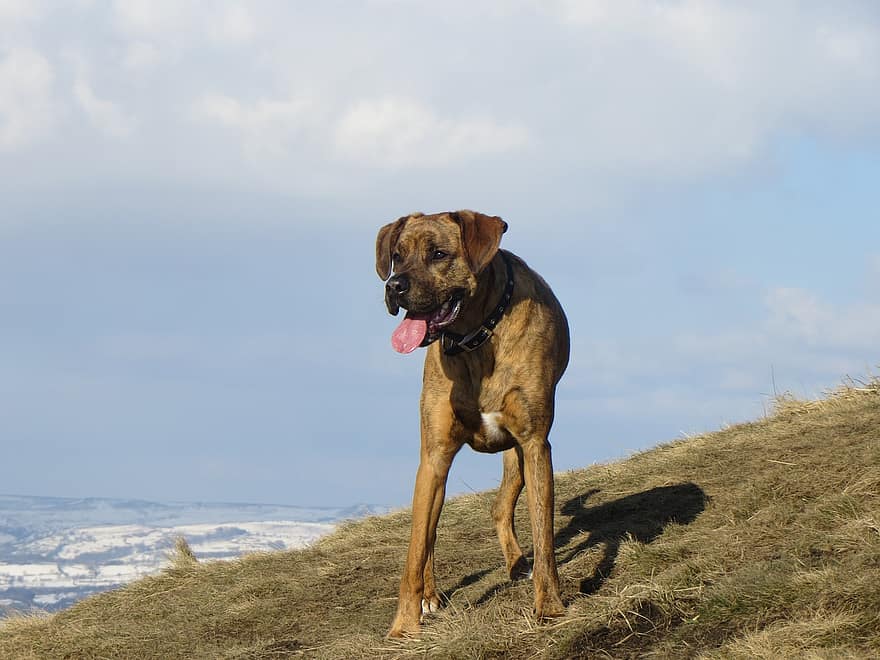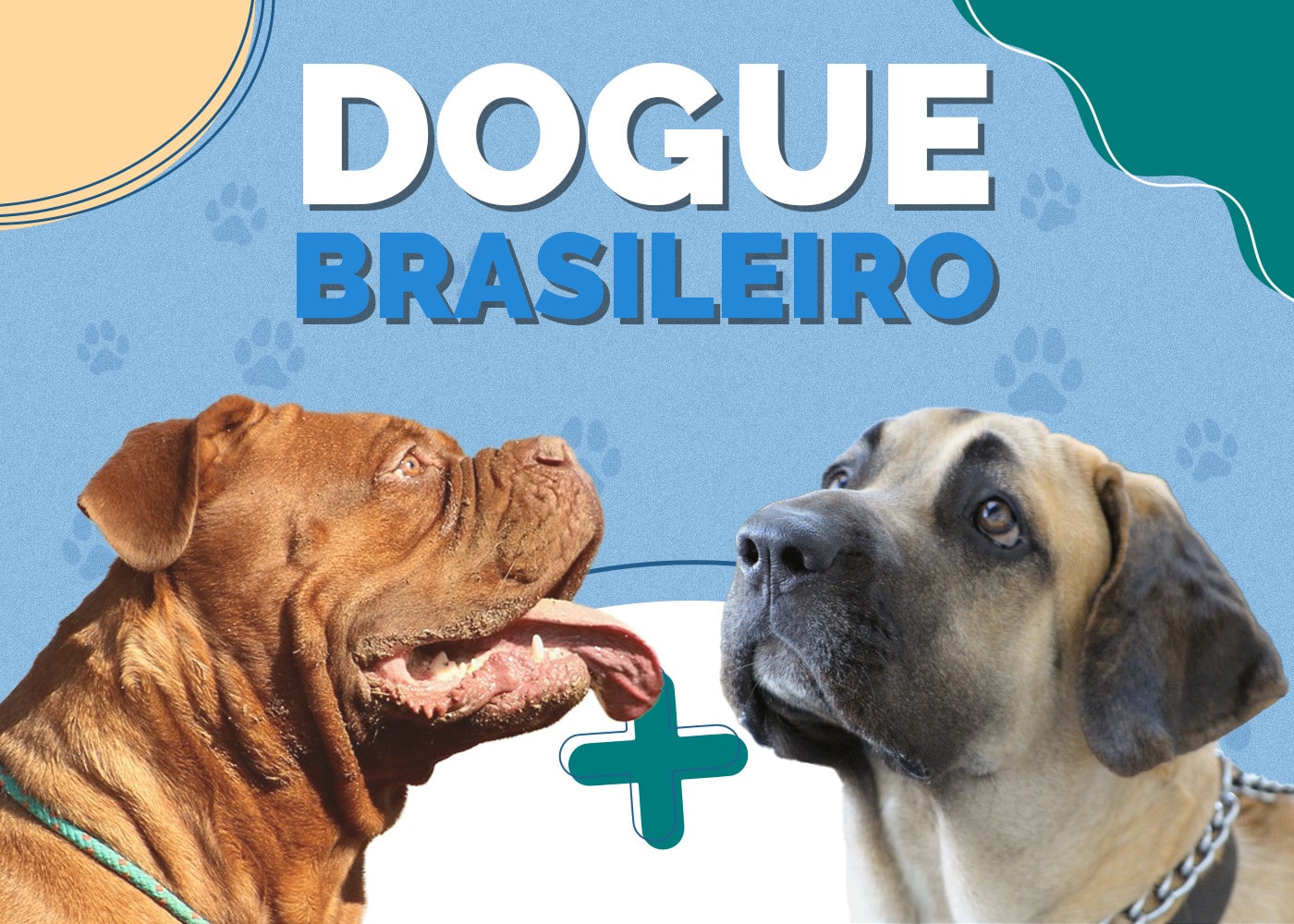Daug (Pug & Dachshund Mix) Info, Pictures, Traits, Facts

Updated on

| Height: | 11–13 inches |
| Weight: | 15–20 pounds |
| Lifespan: | 12–15 years |
| Colors: | Black, brown, fawn, silver |
| Suitable for: | Anyone looking for a dog that’s not too energetic or active |
| Temperament: | Adaptable, affectionate, loyal, devoted, low-maintenance |
With a long but thick body and short stubby legs, the Daug looks like a blend of the Pug and the Dachshund, which is exactly what it is. Commonly seen in black and all shades of brown, these dogs display some of the cutest characteristics of each parent, explaining why they’ve become so popular recently.
These are generally pretty small dogs, about a foot tall and 20 pounds or less. They’re not too energetic, though they’re still playful. Typically low-maintenance dogs, they don’t have many specialized needs and they’re great companions for people who want a dog that doesn’t require much from its person.
But these dogs are very loyal and become very devoted to one person. They want a good bit of attention and won’t enjoy being left on their own for too long. Since they’re known to be barkers, this can lead to a dog that barks until the owner gets home, unless this is trained out early.
Daug Puppies

Because they’re small and not overly energetic, Daugs are great apartment dogs. They don’t need too much space and won’t need a large yard to run around in for a good portion of the day like more active or larger dog breeds. A Daug will be satisfied with a little playtime inside and a short walk each day. Still, these dogs want attention from their person, so don’t expect a Daug to be a dog you can ignore.
Daugs are generally distrustful of strangers and newcomers. When you have guests over, it will take a while for your Daug to warm up to them. They may even be a bit aggressive until they’re used to having people in their homes.
Three Little-Known Facts About the Daug
1. Daugs can have Brachycephalic Syndrome.
Pugs are known for their flat, wrinkly faces with protruding eyes. While not all Daugs get this characteristic look, some of them do inherit the altered bone structure. For these Daugs, brachycephalic syndrome is a possibility.
This is a genetic condition that all Pugs have and might pass on to some Daugs. It can cause problems with both the eyes and ears, including proptosis, a condition that causes a dog’s eye to pop out.
Because they are half Dachshund, many Daugs won’t have brachycephalic syndrome. You can tell which ones are prone to it by looking at their face. The ones that have a look more similar to a pug with a short snout and bulging eyes are the ones that are susceptible to this syndrome.
2. They’re prone to separation anxiety.
Daugs are very loyal and they bond closely with one person. They aren’t very demanding of their owners, but they do want to be near you a lot. If you leave a Daug alone for too long, it might start to bark and fuss.
Commonly, this leads to separation anxiety in Daugs. This is especially the case if they weren’t trained from a young age to be relaxed when their owner leaves. Crate training from an early stage can help to remedy this problem.
Because Daugs are very vocal, to begin with, and one that has separation anxiety can become a real nuisance to neighbors, barking continuously until you return home. Be sure to instill proper training early enough to avoid this potential issue with Daugs.
Daugs are not overly fond of strangers. They tend to be very wary of anyone new, person or animal. This can be mitigated if a Daug is socialized often and with many people and animals from an early age. If you fail to do this, you might end up with a dog that’s very averse towards strangers. This can result in them barking and growling at anyone they don’t know, even your house guests. It can lead to full-on aggression if not trained out of a Daug.

Temperament & Intelligence of the Daug 🧠
Daugs are not known as particularly intelligent dogs, but they’re not stupid either. They love to please their owners and are willing to work hard to do so, but they can also be very stubborn at times.
Overall, these are very low-maintenance dogs that require little more than your attention. They don’t need a lot of exercise and they’re not as playful as other dog breeds, though they do enjoy playing on occasion.
These dogs can adapt well to many different situations, making them great for a range of situations—from apartment living in the city to staying in a large home with more space.
Are These Dogs Good for Families?🏡
Daugs tend to form the strongest bond with one person, but they can still get along well with other family members. If socialized properly from a young age, Daugs can be good with kids as well. They’re very loyal and affectionate, though not demanding about it. Since they don’t like to be left alone for long periods, families can provide ample companionship and attention, but these dogs are still well-suited for individuals who can give them sufficient attention as well.
Does This Breed Get Along with Other Pets?🐶 😽
The Daschund was originally used as a hunting dog. Because it is short and long with stubby little legs, it’s the perfect size for burrowing into holes after badgers, rabbits, groundhogs, foxes, and more. Some of that prey drive is leftover in the Daug, so they have an instinct to chase smaller animals.
If you socialize a Daug with many other animals from the time it’s young, then it may do well getting along with other dogs, possibly even cats. However, they’ll always have a hard time with very small animals that will likely always ignite their prey drive.
Things to Know When Owning a Daug:
Food & Diet Requirements 🦴
Daugs are small to medium-sized dogs, so their dietary needs are minimal. On average, they should be eating between 0.75 and 1.5 cups of dry dog food per day. Like other small dogs, Daugs are prone to overeating if left to their own devices and may become overweight or even obese. To avoid this, measure the amount of food you give your Daug every day and be careful to avoid overfeeding.
Exercise 🐕
This is not a particularly high-energy breed, so a Daug’s exercise needs are minimal. They are generally pretty low-key and more relaxed, having only minimal space requirements. This makes them great apartment dogs.
A short walk or two each day should be plenty of exercise for a Daug. They can get some more physical activity by playing at the house, but they won’t require much more than 20–40 minutes of light activity each day.
Training 🦮
Daugs require ample training and socializing from a young age if you want them to do well with other people and animals. They’re naturally wary and distrustful of strangers, but this can be helped if you socialize them often as pups. Likewise, they may not do well with any other animals unless they’re trained early and have regular exposure to them.
Past basic training, you’ll need a lot of patience to train a Daug. They have the intelligence to learn more advanced commands, but they tend to be very stubborn. If you start training early enough, you can avoid this trait and it’s possible that your dog’s desire to please its person might be the strongest factor. This may allow them to be very receptive to advanced training.
Grooming ✂️
The coat of a Daug can range from very short to medium length. They are moderate shedders who shed to some degree year-round. They’ll require brushing at least twice each week and do best with a soft bristle brush.
If your Daug takes more after the Pug side, then it might have multiple face folds and wrinkles. These will need to be cleaned well to prevent bacteria from building up.
Health and Conditions ❤️
With hybrid dogs, it’s difficult to tell what diseases might be present in the offspring. They can be susceptible to diseases that either parent breed is commonly afflicted by, but they also might be less likely to develop them because of the additional genes present.
Daugs are a relatively new breed, so there isn’t as much well-defined information regarding them. But some conditions are present in Pugs or Dachshunds that have been known to occur in Daugs as well.
Due to the nature of their bone structure, Daugs can develop an assortment of brachycephalic syndromes. Brachycephalic means short-headed, and it’s an entire type of dog. Brachycephalic dog breeds include the Pug, Boston Terrier, English Bulldog, and more. It’s what gives them their characteristic flat faces with big eyes that seem to be popping out of their heads.
But this condition can cause many health problems, including brachycephalic airway syndrome, and brachycephalic ocular syndrome, among others. The more short-faced and bug-eyed a Daug is, the more likely it is to experience a brachycephalic syndrome-related health problem.
Less serious but still concerning is the onset of Cushing’s disease—An ailment that commonly affects Dachshunds. This is a condition that causes the overproduction of hormones from the adrenal glands and it makes your dog seem like it’s aging too rapidly. If caught early enough, this disease can be treated and occasionally even cured. When treated early on, it can lessen or even eliminate the symptoms, allowing your dog to live a much healthier and happier life.
- Cushing’s disease
- Brachycephalic syndromes
Final Thoughts
Short, muscular, and long, the Daug is a unique-looking dog with an affectionate temperament. They’re very loyal and bond closely with a single person with whom they may develop separation anxiety if not trained from an early age. These dogs need to be socialized early as well to avoid aggression towards strangers and other animals.
Though trainable, Daugs can be stubborn at times, so you may need some patience. They’re low-maintenance overall and don’t require much from their owners, just regular attention. Because they don’t need much exercise, they do well in apartments, going out for just a short walk or two each day.
If you want a smaller dog that doesn’t need much exercise and isn’t overly energetic but is full of love, then the Daug might be the perfect choice for you.
Related Read:
- Schnauzer Bulldog Mix (English Bulldog & Miniature Schnauzer): Pictures, Traits & Facts
- 16 Dog Breeds With Low Prey Drives (With Pictures)
Featured Image Credit: Michelle Fichthorn, Pexels













